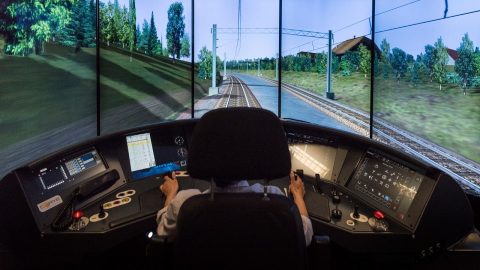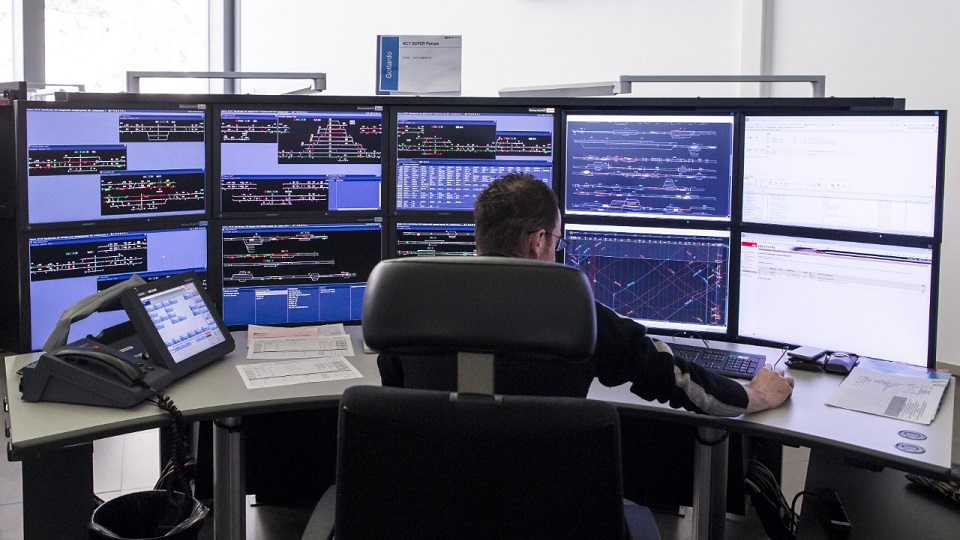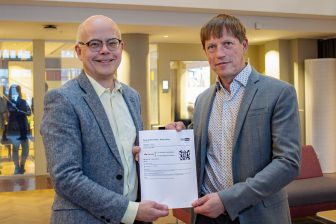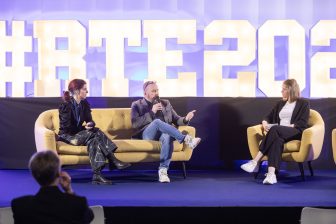
Software upgrades: a barrier for rail?
The railway industry is dealing with software applications more and more nowadays. This requires some innovative thinking; not only the software is new for many people in the industry, the software also needs to be upgraded regularly. This proves to be a barrier for some. German software company ITK Engineering has developed a solution which makes the whole process a lot easier.
Also in our daily lives, we get confronted with the regular upgrade requirements of the software. Think of a laptop, a smartphone or tablet. From time to time we are asked to allow the instalment of a newer version. Luckily, we can press this button at any convenient time. For a railway operator, this is a little different.
Upgrade faster
This amount of software applications in the railway industry increases and so are the software upgrades, explains Andreas Hohl, head of the Business Unit Rail of ITK. Take a locomotive, which generally has a life cycle of more than thirty years. “This locomotive cannot be taken off the rail every two to three years for a lengthy upgrade process”, Hohl said.
In order to take away this barrier, ITK has developed a method that allows a much faster upgrade of the software installed. It is called the ITK CENELEC Referenz Workflow; a certified process, which enables standard-compliant software development in an efficient way. It assures documentation, functionality and traces every step along this process. Only by automating these steps a lot of time can be saved in regard to development and certification, Hohl explained.
Developing software
The Referenz Workflow was made for the development of software in general. “There are many steps involved in developing software. There is requirement specification, software architecture and specification, implementation, the linking with hardware and then it has to be tested in the environment.
In Europe, all software must be compliant with CENELEC standards. The Referenz Workflow focuses on four such standards for rail applications: EN 50126, EN 50128, EN 50657 and EN 50129. “It is not efficient to verify all of this manually”, said Hohl. “The Referenz Workflow does this automatically. After completion, one can check which procedures have taken place to assure conformity with the standards.”
Text continues below the picture.

Swiss train control centre, source: SBB.
Platforms for train families
This system of automatically verifying compliance of each phase of the development process is specifically interesting for modular systems platforms, Hohl explains. “For example, Locomotives are often part of a platform: a train family. A lot of releases belong to this family. However, each unit may be a little bit different from the other, resulting from the requirements of the operator. Software developers create generic software for these platforms covering more than 100 per cent of all applications using the Referenz Workflow. For a specific release, the software developer can automatically create the final software. For changes or additions, only the changed or new part has to be touched and recertified. The effort of certifying the software can be reduced significantly.
The same logic applies to the system upgrades. When an upgrade is required, it is often only one or several parts in the system that has to be adapted, while the basic remains the same. With the working method of ITK, this can be done efficiently. The software is already qualified with the certified Referenz Workflow. The upgrade becomes only a minor increment in the process, the software expert explained.
Shorter lifecycle
With this method, the lifecycle costs become much lower, responding to the demand of the customer. “Nowadays, the lifecycles in a product differ stronger than customers are used to. It depends on the software type, but there is a growing trend towards a software lifecycle of only two to three years. Using the Referenz Workflow we can react more efficiently to product developments”, said Hohl.
The process has been proven in various customer projects within the company, but shortly it is available to other software developers in Europe as well, since ITK received several requests from their customers. “There is a growing importance of software applications in the industry, with innovations such as automated driving, predictive maintenance and digital security systems. This is a rapidly developing market with continuous system upgrades.”




